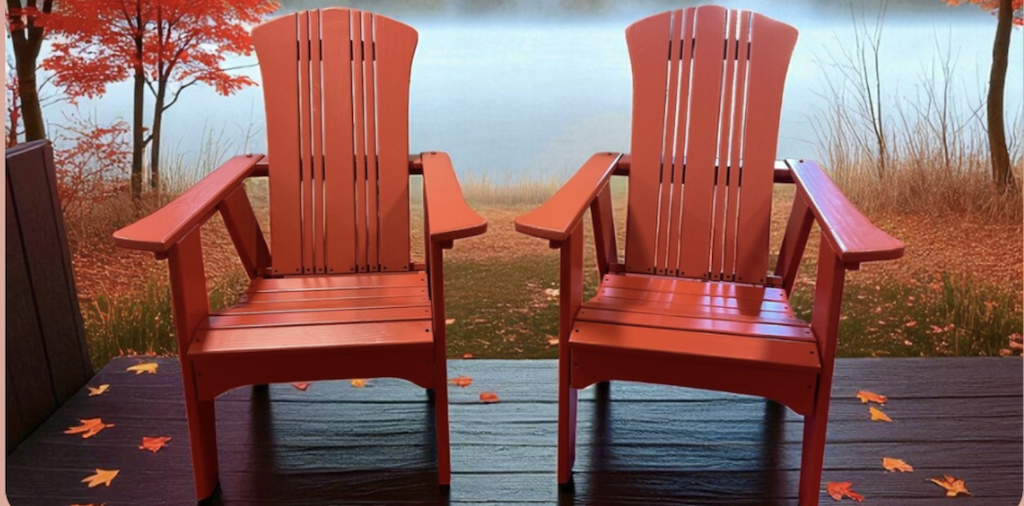Remember QR codes? Those weird jumbles of black and white squares and shapes?
Well, they’re back, and this time you might want to pay attention and take advantage of them for all they’re worth.
QR codes were invented in 1994 by the Japanese automotive company Denso Wave. Similar to a barcode, this machine-readable label can contain information about the item it’s attached to. All you need to do is take a picture of the QR code with your phone’s camera and all the information becomes available at your fingertips.
While QR codes picked up some steam in the early 2000s, they soon lost popularity for a short while. But today, more people are using them than ever because they’re simple, and nearly everyone has their smartphone on them at all times.
And for retailers, they present an excellent and affordable opportunity to better the customer experience.
Static QR codes can be made for free using apps and websites, but they can’t be changed.. That’s what Dynamic QR codes are for, and prices for those range from $5-20 a month—so they’re an inexpensive option that gets you a lot of bang for your buck.
When it comes to value, one of the most important things for retailers to do today is capture customer information. And with a QR code, you can capture that information in a seamless way that reduces the friction associated with asking someone for their personal information.
For instance, at the end of the purchase, you can ask the customer to scan a QR code at the register that will sign them up for emails and enter them in a contest to win a $100 gift card.
Or, your products can have unique QR codes that show the customer all the specs of the furniture as well as price, reviews, etc. QR codes are also great for your salespeople’s business cards. Give them a card that has a QR code that can lead to the salesperson’s notes on the shopping experience and give them a chance to rate the sales experience.
Not to mention, think of the marketing you could do around town with QR codes. You could even take it a step further and make a game out of it where people search the city’s historic monuments for QR code stickers and then win a prize.
As everything becomes digital, things are getting easier, more convenient, and most importantly, expected. Customers expect a seamless shopping experience.
If you can make it that much easier with a simple, affordable QR code, you’re more likely to make sales, build loyalty, and have repeat customers.
If we resist technological change, we’re only harming ourselves in the process.








